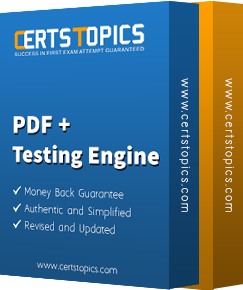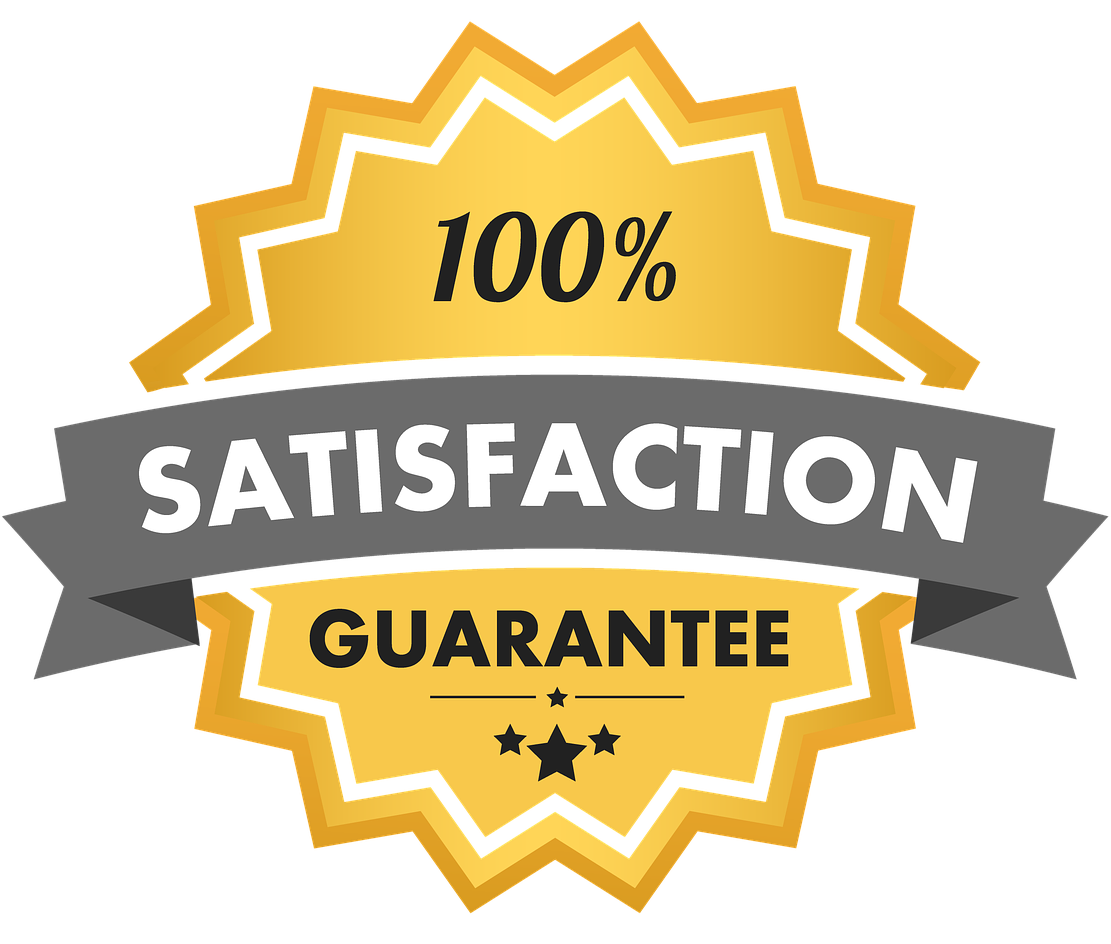The Open Group Related Exams
OG0-093 Exam







The Open Group OG0-093 exam assesses your knowledge across all aspects of TOGAF 9, including:
The Open Group OG0-093 and OG0-091 exams are both part of The Open Group's TOGAF certification program, but they serve different purposes:
Which of the following are considered as generic Building Blocks in the Solutions Continuum?
In which ADM phase is the Implementation and Migration Plan coordinated with other activities in the enterprise?
Scenario:
Please read this scenario prior to answering the question
The ABC company is a major supplier in the automotive industry, headquartered in Cleveland, Ohio with manufacturing plants in Chicago, Sao Paulo, Stuttgart, Yokohama, and Seoul. Each of these plants has been operating its own planning and production scheduling systems, as well as custom developed applications that drive the automated production equipment at each plant.
The company is implementing lean manufacturing principles to minimize waste and improve the efficiency of all of its production operations. During a recent exercise held for internal quality improvement, it was determined that a significant reduction in process waste could be achieved by replacing the current planning and scheduling systems with a common Enterprise Resource Planning (ERP) system located in the Cleveland data center. This central system would provide support to each of the plants replacing the functionality in the existing systems. It would also eliminate the need for full data centers at each of the plant facilities. A reduced number of IT staff could support the remaining applications. In some cases, a third-party contractor could provide those staff.
The company Enterprise Architecture department has been operating for several years and has mature, well-developed architecture governance and development processes that are strongly based on TOGAF 9. At a recent meeting, the Architecture Review Board approved a Request for Architecture Work from the Chief Engineer of Global Manufacturing Operations who is the project sponsor. The request covered the initial architectural investigations and the development of a comprehensive architecture to plan the transformation.
The Common ERP Deployment architecture project team has now been formed, and the project team has been asked to develop an Architecture Vision that will achieve the desired outcomes and benefits. Some of the plant managers have expressed concern about the security and reliability of driving their planning and production scheduling from a central system located in Cleveland. The Chief Engineer wants to know how these concerns can be addressed.
Refer to the Scenario
You are serving as the Lead Enterprise Architect of the newly-formed Common ERP Deployment architecture project team.
As the Common ERP Deployment architecture project team assembles for its initial meeting, many of the participants have voiced concerns about the sweeping scope of the initiative. Others are confident that they know a solution that will work. During the meeting, a number of alternative recommendations for how to proceed are put forward by members of the team.
You have been asked to select the most appropriate recommendation to ensure that the team evaluates different approaches to the problem and clarifies the requirements for the architecture.
Based on TOGAF 9, which of the following is the best answer?